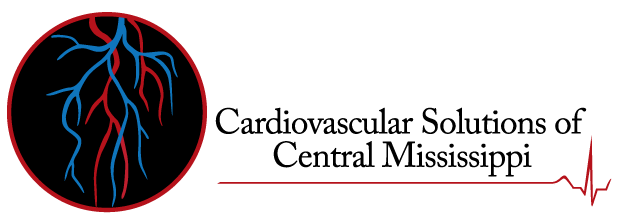Our Services
All of our services are listed below. We understand that some of the titles might not be easy to understand so you can click on each of them to get a definition of the service. If you ever have any questions, please contact our office at (888) 757-0838.
Clinic Services
We have reduced amputations by 88% over the past 4 years.
The ABI is performed by measuring the systolic blood pressure from both brachial arteries and from both the dorsalis pedis and posterior tibial arteries after the patient has been at rest in the supine position for 10 minutes
The initial evaluation of patients with suspected heart failure should include a history and physical examination, laboratory assessment, chest radiography, and electrocardiography.
Cardiac imaging refers to non-invasive imaging of the heart using ultrasound, magnetic resonance imaging (MRI), computed tomography (CT), or nuclear medicine (NM) imaging with PET or SPECT
Cardiac monitoring generally refers to continuous or intermittent monitoring of heart activity, generally by electrocardiography, with assessment of the patient’s condition relative to their cardiac rhythm.
Myocardial perfusion imaging (MPI) is a non-invasive imaging test that shows how well blood flows through (perfuses) your heart muscle. It can show areas of the heart muscle that aren’t getting enough blood flow. This test is often called a nuclear stress test. It can also show how well the heart muscle is pumping
A stress test can determine your risk of having heart disease.
Your pacemaker or defibrillator has the ability to communicate through the skin with a programmer we have in the office. We perform this interrogation by placing a wand over your chest where the device is located. It takes only 10 or 15 minutes
Early detection of PAD can prevent future problems including amputation
A tilt-table test, also called a tilt test, may be suggested if you’ve suffered fainting spells. It reveals how your heart rate and blood pressure respond when changing positions from lying down to standing up. In this test, a catheter may be placed in an artery to monitor blood pressure from within the blood vessel.
Duplex ultrasound involves using high frequency sound waves to look at the speed of blood flow, and structure of the leg veinsn Content
Procedural Services
Cardiac catheterization (kath-uh-tur-ih-ZAY-shun) is a procedure used to diagnose and treat certain cardiovascular conditions. During cardiac catheterization, a long thin tube called a catheter is inserted in an artery or vein in your groin, neck or arm and threaded through your blood vessels to your heart
Cardioversion is a medical procedure that restores a normal heart rhythm in people with certain types of abnormal heartbeats
Percutaneous transluminal angioplasty, stenting and atherectomy are minimally invasive (endovascular) procedures that restore blood flow when arteries are clogged due to peripheral artery disease. Stenting, in which a tube is placed in the artery to hold it open, is often part of the angioplasty procedure
Left and Right Catheterization. Cardiac catheterization is a procedure used to diagnose and treat certain heart conditions. … The tubes may be placed on the left or right side of your heart. A dye is often injected into these thin tubes to see the arteries that give blood to your heart
Endovenous laser treatment (ELT) is a minimally invasive ultrasound-guided technique used for treating varicose veins using laser energy commonly performed by a phlebologist, interventional radiologist or vascular surgeon
The Impella Ventricular Support Systems are left-side heart pump systems intended to help pump blood in patients who need short-term support
A non–cardiac percutaneous transluminal angioplasty, or NCPTA, is done to restore blood flow in an artery blocked by atherosclerotic plaque.
the perforation of a cavity of the body or of a cyst or similar outgrowth, especially with a hollow needle to remove fluid or gas.
Pericardiocentesis, also called a pericardial tap, is an invasive procedure that involves using a needle and catheter to remove fluid (called a pericardial effusion) from the sac around the heart (the pericardium). The fluid may then be sent to a laboratory for tests to look for signs of infection or cancer
Angioplasty and stent placement – peripheral arteries. Angioplasty is a procedure to open narrowed or blocked blood vessels that supply blood to your legs. Fatty deposits can build up inside the arteries and block blood flow. A stent is a small, metal mesh tube that keeps the artery open
Thoracentesis is a procedure in which a needle is inserted into the pleural space between the lungs and the chest wall. This procedure is done to remove excess fluid, known as a pleural effusion, from the pleural space to help you breathe easier.
Thrombolysis, also known as thrombolytic therapy, is a treatment to dissolve dangerous clots in blood vessels, improve blood flow, and prevent damage to tissues and organs
Sclerotherapy is a medical procedure used to eliminate varicose veins and spider veins. Sclerotherapy involves an injection of a solution (generally a salt solution) directly into the vein. The solution irritates the lining of the blood vessel, causing it to collapse and stick together and the blood to clot
Join the healthy revolution today.
Damage to the arteries that casuses PAD can begin before symptoms are noticeable. Early intervention is critical. Contact us today and set an appointment.
